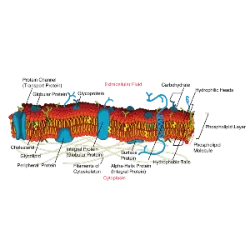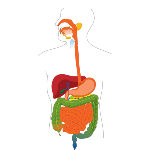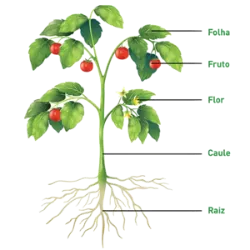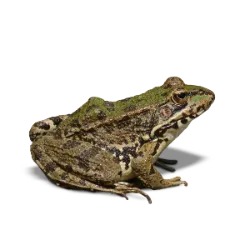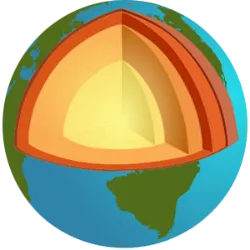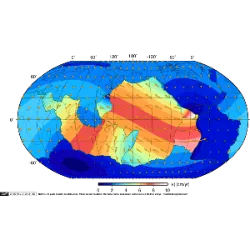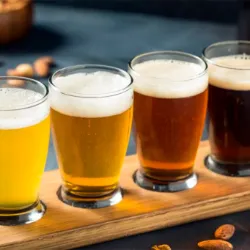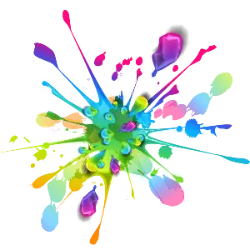Biochemistry: Nutrition and Food
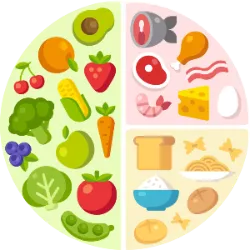
A bioquímica aplicada à nutrição e alimentos desempenha um papel essencial no desenvolvimento de produtos mais saudáveis e funcionais. A pesquisa nessa área busca compreender os processos bioquímicos envolvidos na digestão, absorção e metabolismo dos nutrientes, além de aprimorar a composição e a biodisponibilidade dos alimentos.
Entre as inovações, destacam-se os alimentos funcionais, enriquecidos com compostos bioativos, como probióticos, prebióticos, antioxidantes e peptídeos bioativos, que auxiliam na prevenção de doenças. Além disso, a engenharia bioquímica tem possibilitado a criação de proteínas alternativas, como as vegetais e fermentadas, promovendo sustentabilidade e novas fontes proteicas.
O uso de técnicas avançadas, como biotecnologia e engenharia enzimática, também tem sido aplicado para melhorar a textura, sabor e conservação dos alimentos. Esses avanços garantem produtos mais nutritivos e seguros, contribuindo para uma alimentação equilibrada e impactando positivamente a saúde da população...
Did you know??
